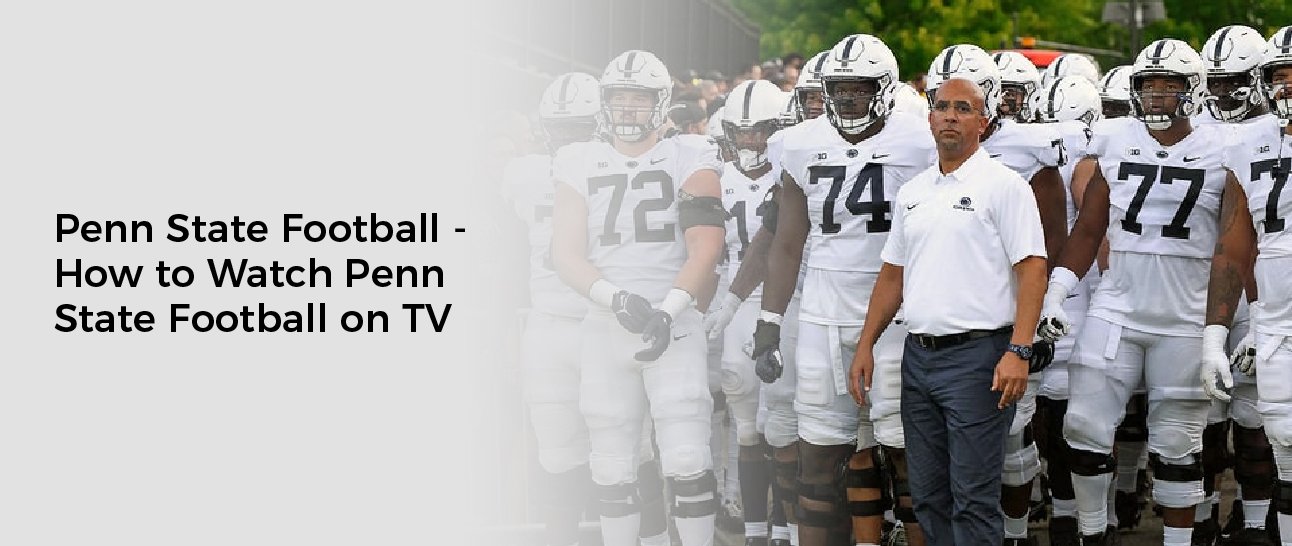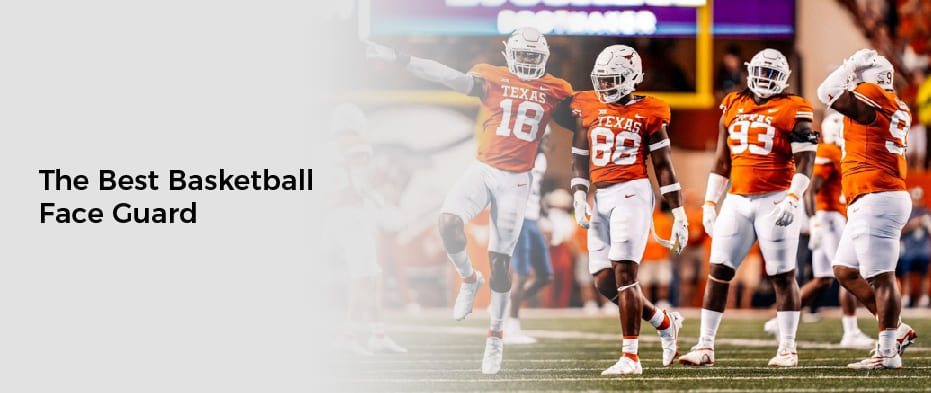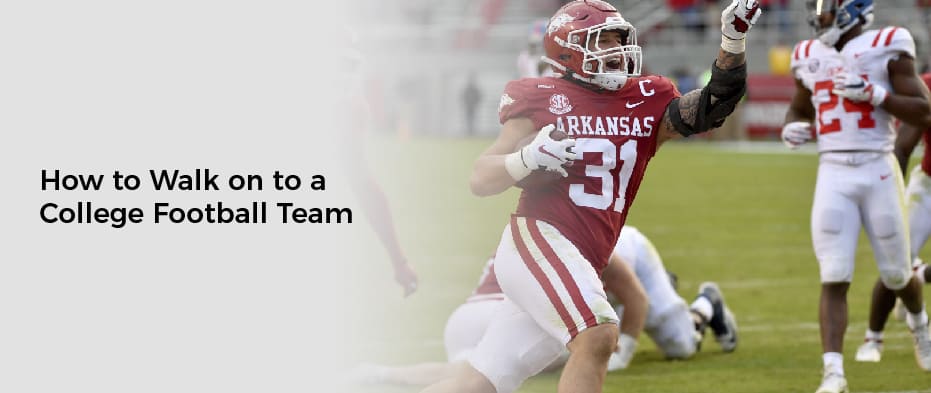There are several aspects to learning how to play football. This includes the Rules, Field size, Goals, and the players on each team. These rules and guidelines are very important for the game to be played properly and safely. Learning the basics of the game will help you be a better player and enjoy it more.
Basic Rules of Playing Football
Football is a game that is played in two halves and between two teams of eleven players. The goal is to score more goals than the opposing team in the 90 minutes of play. Each team has the right to substitute players between plays. Both teams start to play on opposite sides of the field. The offensive team can move parallel to the line of scrimmage and may run the football. The defensive team can move away from it and can also take any position on the field.
The Rules of Playing Football are very detailed and have differences between different levels of play. For example, the rules for high school football are different than those for professional football. This article will go over the fundamentals of football, as well as the rules that are different in different types of play. There are also a number of other rules that apply to all levels of play.
Football matches are played on a rectangular field marked by boundary lines and a center line. Footballs are usually made of leather or similar composite material and inflated to a certain pressure. In addition, the rules for playing football state that competitions should be played between two teams with a maximum of 11 players per team. In addition, one player must be designated as a goalkeeper for each team. The winning team gets to decide which direction the game will take in the beginning.
What You Need to Know Before Playing Football
Field size
The size of the field is very important when playing football. An American football field is 100 yards long, while an Australian football field is about 60 yards long. The minimum and maximum size of a football field is defined by the International Football Association (FIFA). The minimum and maximum lengths are determined by three hundred feet and sixty yards, and the width is forty-five to sixty-three yards.
The size of the field of play varies from one competition to the next, but in general, a field should be about 125m long and 80m wide. There should be a 1.5m margin of space around the pitch to accommodate the goals. This also applies to UEFA continental competitions, where fields must be 120m long and 80m wide. The lines must be at least 12cm apart, and the width should be at least twice the width of a goalpost.
There are different types of football fields, and the size you play on depends on the level of competition you are playing in. In the NFL, a field must be at least 360 yards long and sixty-five feet wide. However, there are some exceptions to this rule. High school fields are usually sixty yards long and twenty-five yards wide.
The size of a football field varies, but most are similar. A regulation football field is sixty-five yards long and one-hundred-three-quarter yards wide. Both end zones must be at least ten yards deep.
Goals
A goal is a point that a team scores when it passes the ball into the end zone. Goals are generally located at the center of the field and can be either fixed or moveable. An American football goal is located at the end of the field, while a Canadian goal is located at the center of the field. Sometimes a retractable net is placed behind the goal to keep the ball from entering the spectator area.
The best way to score a goal is to strike the ball with the bottom part of the foot when you’re kicking it. Remember to follow through with the kick to ensure you’re hitting the ball accurately. When trying to score a goal, you can also shoot the ball along the ground or kick around a blocking player. If you’re facing a goalkeeper, you should try to draw them out of the net by dribbling the ball to the other side. If the goalkeeper is able to catch it, you can then quickly change directions to shoot the ball past him.
The frequency of goals was another factor that was studied in the study. Researchers analyzed the data from selected World Cup matches and UEFA tournaments. They compared the frequency of goals per half-game in these tournaments. In addition, the study analyzed half of the game and key phases to see how goals were scored. As a result, the statistical data was reproduced in the form of tables and figures.
Players On Each Team
Football is a team sport in which the players on each team have different roles and responsibilities. In most teams, the offensive line consists of five players and is responsible for blocking the quarterback and running backs. These players rarely touch the ball and are usually the biggest and strongest players on the team. They wear football lineman gloves for protection while blocking passes.
In college and NFL football, there are several different subgroups, each with its own unique roles. Each team typically carries between 100 and 120 players, but rosters aren’t necessarily set in stone. In addition to regular players, college and NFL teams also have practice squad players. A table of players on each team in football can be found below.
Football is a team sport that is timed, with each team having four downs to gain at least 10 yards before a turnover. The teams devise plays to maximize their chances of scoring. The play often involves the players running all over the field. On-field plays are usually called by the head coach of the attacking team, while the defensive captain calls on-field plays for the defense.
Ball Control
A key part of good ball control while playing football is having good service. Good service is essential to control the ball and stop it at the right moment. To make sure that you get a good service, you should try to practice this in various ways. For example, you can cushion the ball by using your ‘laces’ – bending your knees in contact with the ball. Another way of cushioning the ball is by raising your toes slightly above your heel.
Ball control also includes receiving the ball and bringing it under control. In football, receiving the ball is one form of dribbling. You should also learn how to trap the ball at your feet. This way, you will not let the ball bounce off your foot. But when you get the ball under your feet, you should be careful not to move your feet or your thighs as this will cause the ball to bounce off your foot.
Goal Posts
There are several ways to play football. One option involves putting goalposts on each side of the field. This method is used in professional football games. Depending on the position of the posts, the team will have to try to make a field goal or extra point. This can be done with the help of a net. However, you should make sure that the net is stable and sturdy enough to withstand the weight of the players and the ball.
Goal posts are large, yellow posts placed at each end zone. Each goal post has a horizontal bar called a crossbar and two vertical bars called uprights. The crossbar measures thirty feet tall and eighteen feet wide. The uprights are twenty feet tall. Each goal post is offset from the field so that the base of the post sits farther away than the crossbar.
Read Also: How to Win Wrestling Matches
Goal posts have evolved over the years and are not essential to the game. Goal posts have changed from the days of rugby to college football, but the basic structure has remained the same. The Goal posts are eighteen feet six inches apart and should extend several feet above the crossbar.

![How to Play Football [Learning Guide]](https://sportsglimps.com/wp-content/uploads/2022/12/Without-logo-40-37.jpg)


